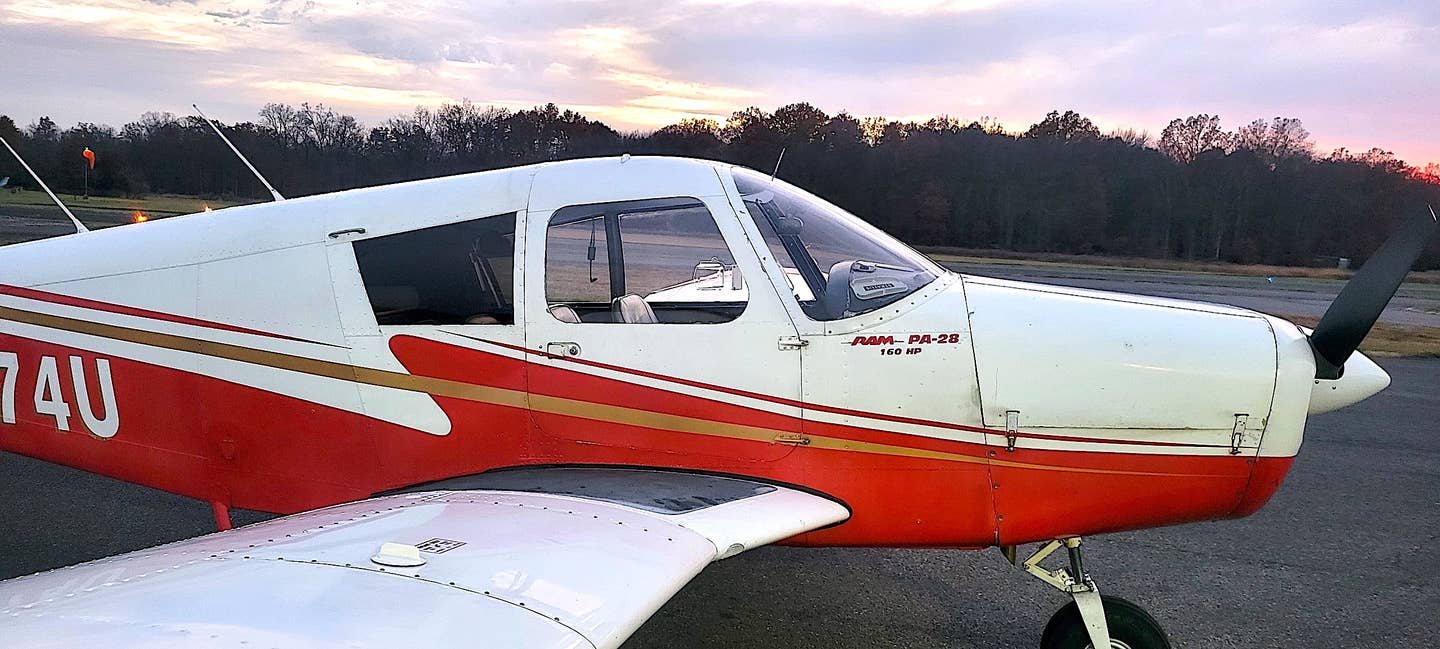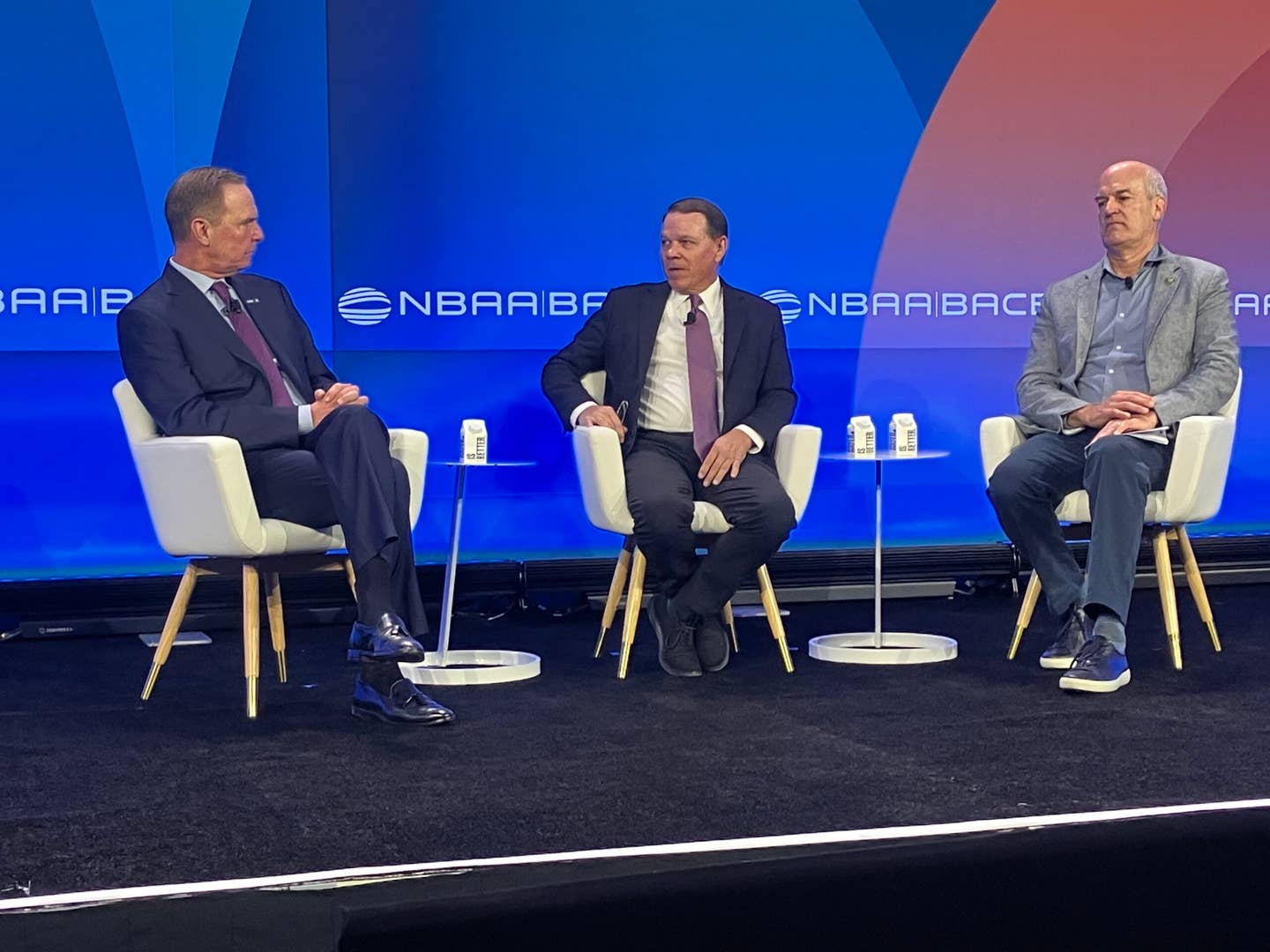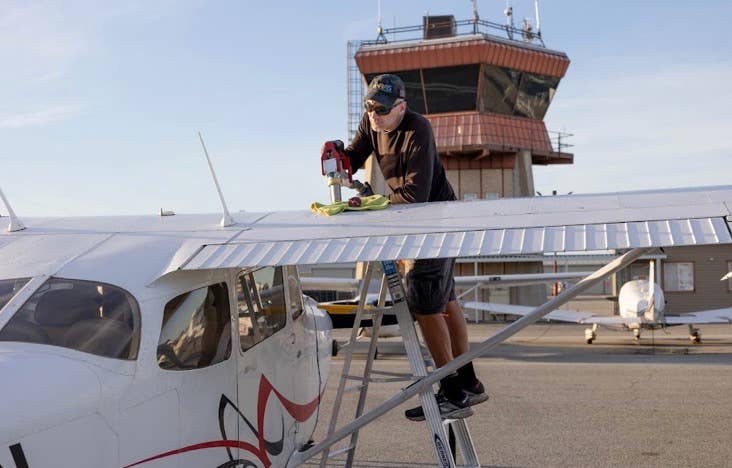Blog Book: A Bump In The Runway
Plans for my non-equity involvement in a really nice Cherokee have met a stumbling block, for now.

There’s an unpleasant snag in the non-equity club/partnership arrangement I’m looking at. It has nothing to do with the airplane, the owner, the other partners, or anything tangible, really. It’s—surprise—insurance.
To recap, I’m really excited about flying this 1970 Cherokee. My needs are to work toward an instrument proficiency check and have a nice airplane available for occasional modest IFR trips, as well as local flying. This arrangement seems almost ideal in so many important ways. The owner, an enthusiastic new pilot, has zero-timed the engine (upgraded to 160 hp), added a fresh prop, and installed a capable IFR panel (we’re looking into an autopilot) and an updated interior. It even lives in a hangar, which is far more comfortable than my first apartment.
The other two partners are also new pilots, so when the insurance company didn’t balk at adding them to the policy, the owner assumed I’d be a shoo-in with my experience level. Now, I don’t pretend to be the ace of the base by any means. But I do have an instrument rating, close to 2,000 hours total time, and the experience of having owned a cute little Grumman two-seater for 22 years and a V-tail Bonanza for 14 years. In between, I’ve also flown a lot of oddball aircraft types under odd circumstances because of what I do for a living. Most of those flights were not PIC, but they include time in some business jets (even the tiny Caproni C22J minijet in the 1980s), CAP 10 aerobatic trainers, and even a couple of backseat rides (including full controls) in a two-place British Spitfire. And yes, that was the all-time highlight of my flying career.
What all that experience has taught me, primarily, is to humbly know when I don’t know something. So when I started looking into this Cherokee, I spent quality instruction time learning how it behaves in slow flight, steep turns, and most of all, in the landing pattern. A pair of top instructors at the base airport have pronounced me rust-free enough to go solo, though I still plan to continue inching my way back into the instrument-flying pool from the shallow end, one toe at a time.
Now back to that insurance thing: The Cherokee’s owner thought getting me added to his policy would involve a short summary of my experience and maybe a phone call. After all, he told me, between them, all three other pilots’ total time is about a third of mine. He also told me he thought the rate might actually go down with me on the list. I’m pretty sure he was joking.
So, what’s the problem? My birthday.
It was in 1952, and according to the insurance writer, because of that I would need to have a total time of 100 hours logged in PA-28s (I looked, and I have about 40 over the years) and 25 hours within the last 12 months. Here’s why I’m confused.
I can understand caution over a pilot in his eighth decade on the planet (for the record, my doctors assure me I am far healthier than I have a right to be), but how does imposing a higher time-in-type requirement address the age issue? (By the way, I purposely didn’t ask the aircraft owner which company it is.) Some friends have angrily suggested age discrimination. I told them I could actually understand how my youthful energy and enthusiasm could intimidate some people.
In reality, I would be OK with the 25 hours in the last 12 months (and I could fly that off pretty quickly, and it would be fun!). But would I really be any less of a risk at my age just because I had another 60 hours in random PA-28s racked up (and largely forgotten) since I first soloed in 1977?
We are working on a solution, but it looks like it’s going to be costly. I’m just not sure why that has to be.






